Discover 15 hidden attractions, cool sights, and unusual things to do in Rabat (Morocco). Don't miss out on these must-see attractions: Mausoleum of Mohammed V, Hassan Tower, and Kasbah of the Udayas. Also, be sure to include Chellah in your itinerary.
Below, you can find the list of the most amazing places you should visit in Rabat (Rabat - Salé - Zemmour - Zaer).
Table of Contents
Mausoleum of Mohammed V
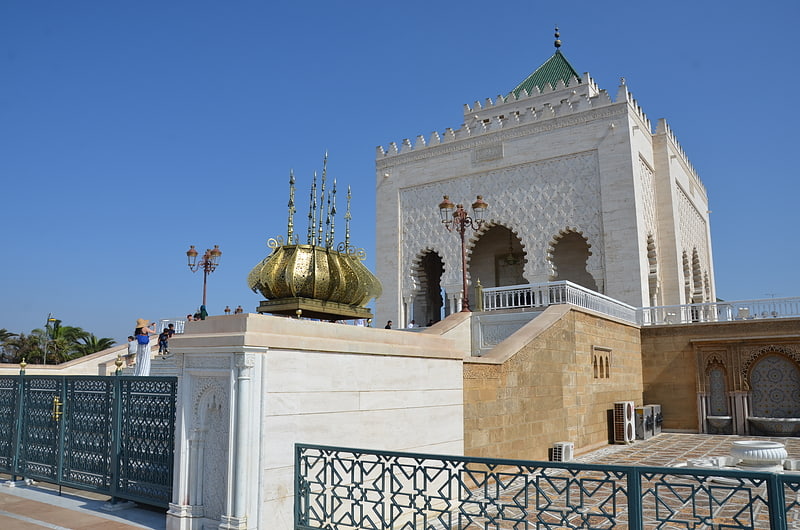
Richly ornate Alaouite-style mausoleum. The Mausoleum of Mohammed V is a mausoleum located across from the Hassan Tower in Rabat, Morocco. It contains the tombs of the Moroccan king Mohammed V and his two sons, late King Hassan II and Prince Abdallah.[1]
Hassan Tower
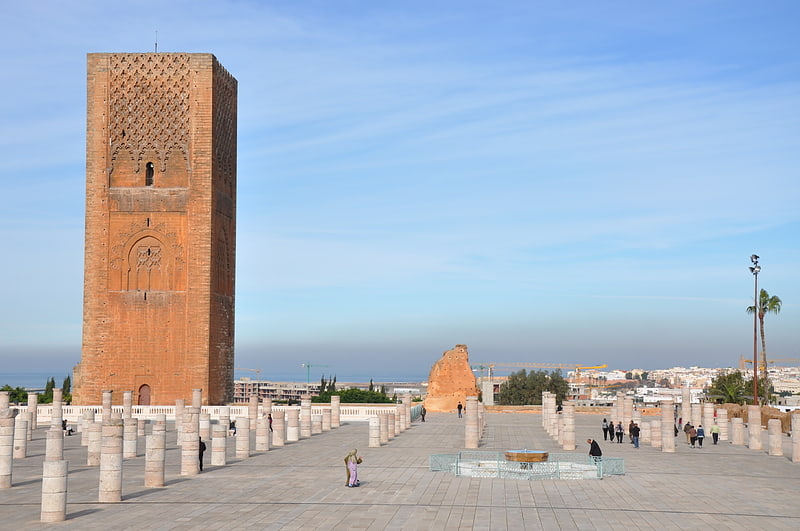
Also known as: صومعة حسان
Ancient, unfinished tower of a mosque. Hassan Tower or Tour Hassan is the minaret of an incomplete mosque in Rabat, Morocco. It was commissioned by Abu Yusuf Yaqub al-Mansur, the third Caliph of the Almohad Caliphate, near the end of the 12th century. The tower was intended to be the largest minaret in the world, and the mosque, if completed, would have been the largest in the western Muslim world. When al-Mansur died in 1199, construction on the mosque stopped. The minaret was left standing at a height of 44 meters. The rest of the mosque was also left incomplete, with only the beginnings of several walls and 348 columns being constructed. The tower, along with the remains of the mosque and the modern Mausoleum of Mohammed V, forms an important historical and tourist complex in Rabat.[2]
Address: Boulevard Mohamed Lyazidi, 10030 Rabat
Kasbah of the Udayas
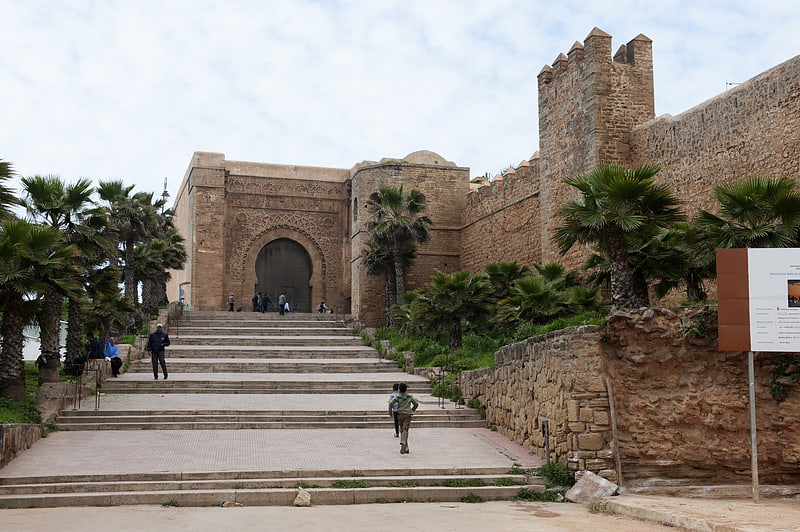
Also known as: قصبة الوداية
Historical landmark in Rabat, Morocco. The Kasbah of the Udayas, also spelled Kasbah of the Oudaias or of the Oudayas, is a kasbah in Rabat, Morocco. It is located on a hill at the mouth of the Bou Regreg river, opposite Salé, and adjacent to the old medina of Rabat. It is listed, along with other sites in Rabat, as a UNESCO World Heritage Site.[3]
Address: off Rue des Consuls, 10030 Rabat
Chellah
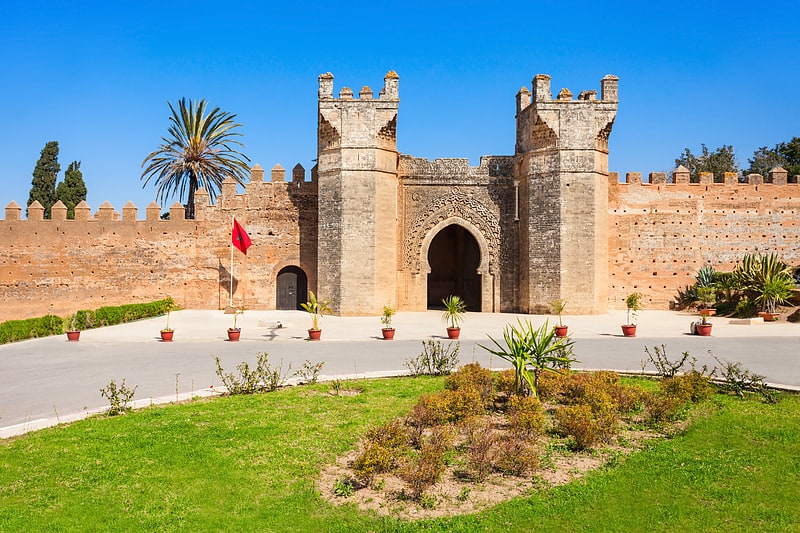
Also known as: شالة
Scenic gardens with Roman ruins. The Chellah or Shalla, is a medieval fortified Muslim necropolis located in the metro area of Rabat, Morocco, on the south side of the Bou Regreg estuary. The Phoenicians established a trading emporium at the site. This was later the site of an ancient Roman colony in the province of Mauretania Tingitana.
Salā was the name given to the city founded by the Muslim of North Africa, which was mostly abandoned during the Almohad era, then rebuilt by the Marinids in the 13th century. The ruins of their medieval fortress are still extant. The Berber Almohads used the site as a royal burial ground. The Marinids made the site a holy necropolis, or chellah, and built a complex that included Mosque, minaret, and royal tombs. The tall minaret of the now-ruined mosque was built of stone and zellige tilework, and still stands.
Contrary to legend, the corsairs of Salé did not actually operate out of Salé (called "Old Salé"), but out of the city that would later become known as Rabat, ("New Salé") on the south (left) bank of the Bou Regreg.[4]
Ahl Fas Mosque
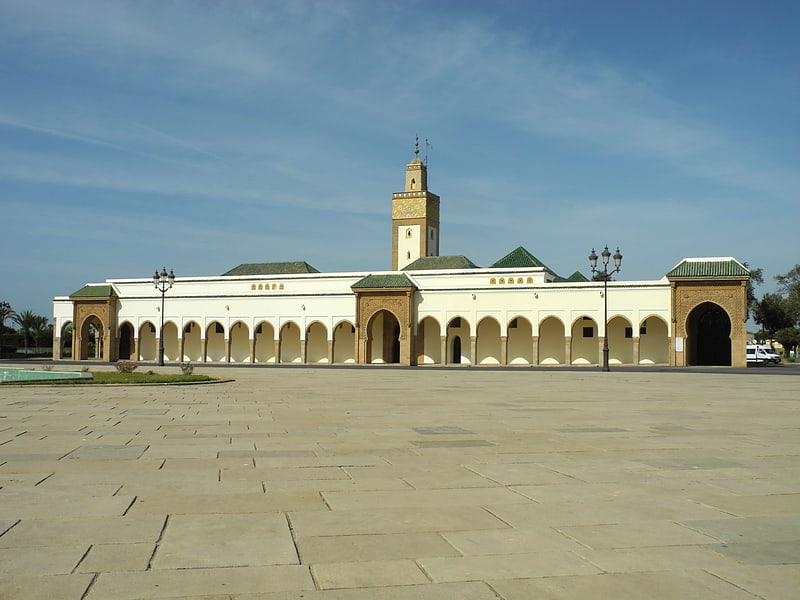
Ahl Fas Mosque is a mosque in the capital city of Rabat, Morocco. It is located at the mechouar of Al-Sayeed. The mosque was commissioned by the Alaouite sultan Mohammed ben Abdallah in the 18th century. It was renovated several times, during the era of Muhammad IV, Yusef, Muhammad V, Hassan II, and Muhammad VI. The mosque is known as a place where the king gives the khotbah during the Friday Prayer or Eid Prayers, a tradition dating back to the era of Moulay Yusef.[5]
As-Sunna Mosque
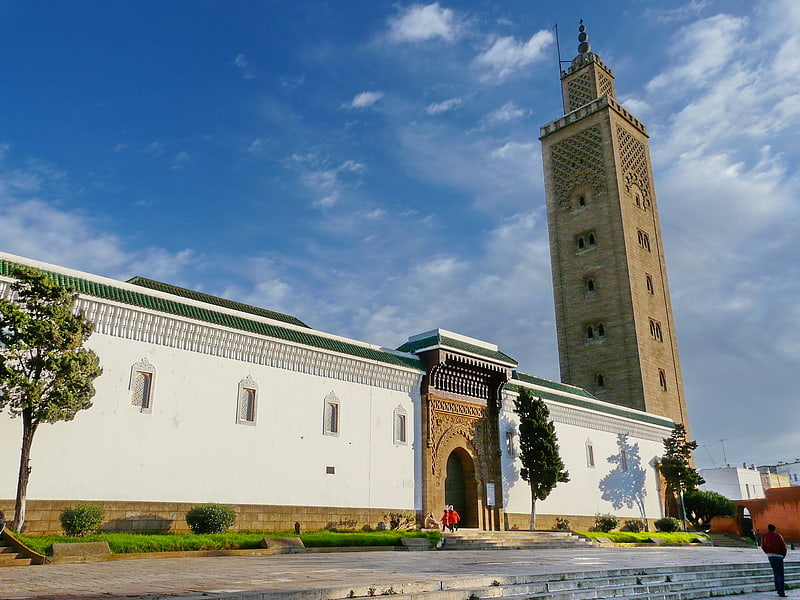
The As-Sunna Mosque or Assounna Mosque is a large mosque in central Rabat, Morocco. It is one of the largest mosques in Morocco.[6]
National Photography Museum
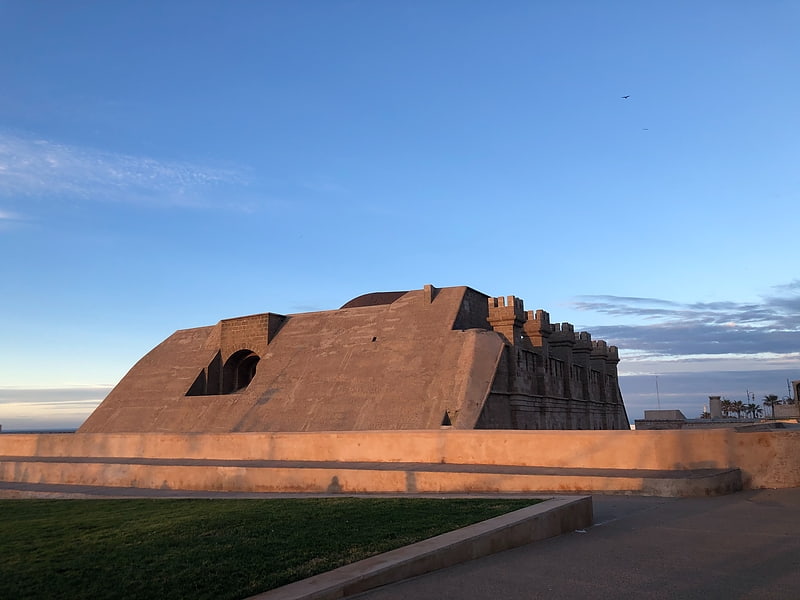
The National Photography Museum is a Moroccan art museum dedicated to photography located in Rabat, Morocco, within the repurposed 19th century Burj Kebir Fortress. This museum was initiated by the National Museums Foundation in Morocco and inaugurated on January 14, 2020.[7]
Museum of History and Civilizations
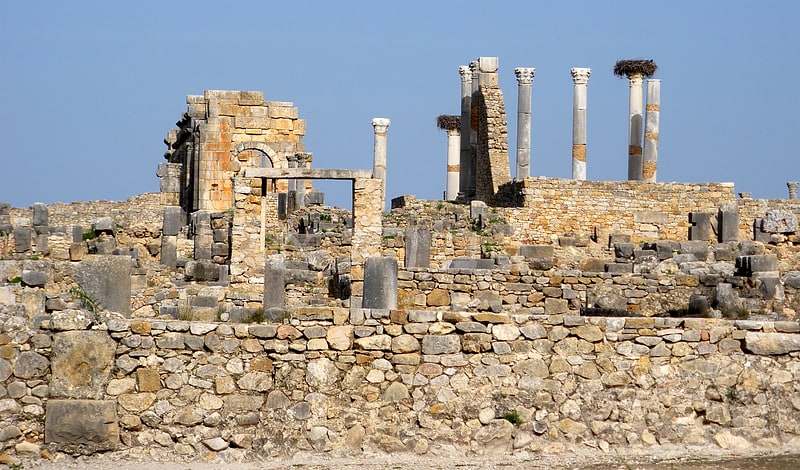
Also known as: متحف التاريخ والحضارات
Museum in Rabat, Morocco. The Museum of History and Civilizations is an archaeological museum in Rabat, Morocco. Opened in 1932, it contains the most extensive collection of archaeological artifacts found in the country.[8]
Moulay Slimane Mosque
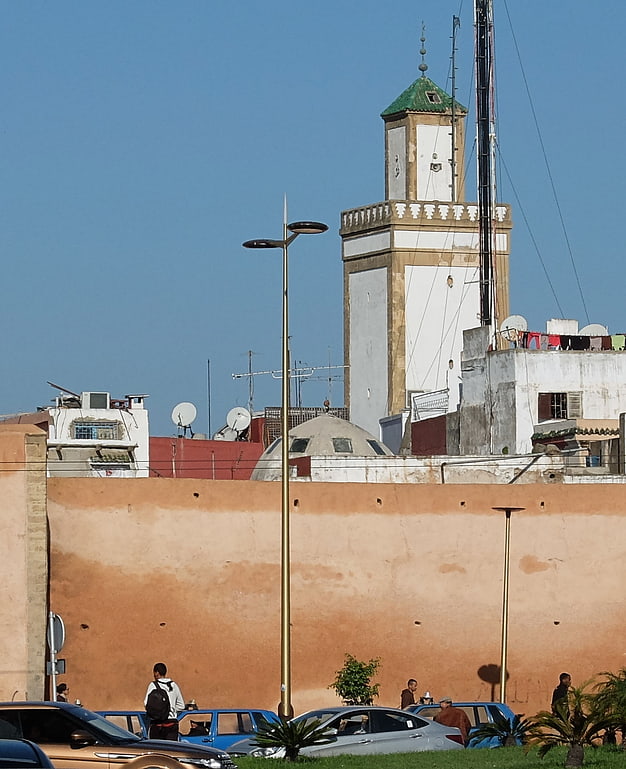
The Moulay Slimane Mosque is a mosque in the medina of Rabat, Morocco. It was built in 1812 by the Alaouite sultan Moulay Slimane, after whom it is named. It is the second-largest mosque of the medina north of the Andalusian wall, located at the intersection of Souika Street and Sidi Fateh Street, close to the Bab Bouiba gate. The mosque occupies a surface area of 1000 square metres and its minaret is 32 meters high. It has a traditional layout for a Moroccan mosque, with a courtyard and an interior hypostyle prayer hall.[9]
St. Peter's Cathedral
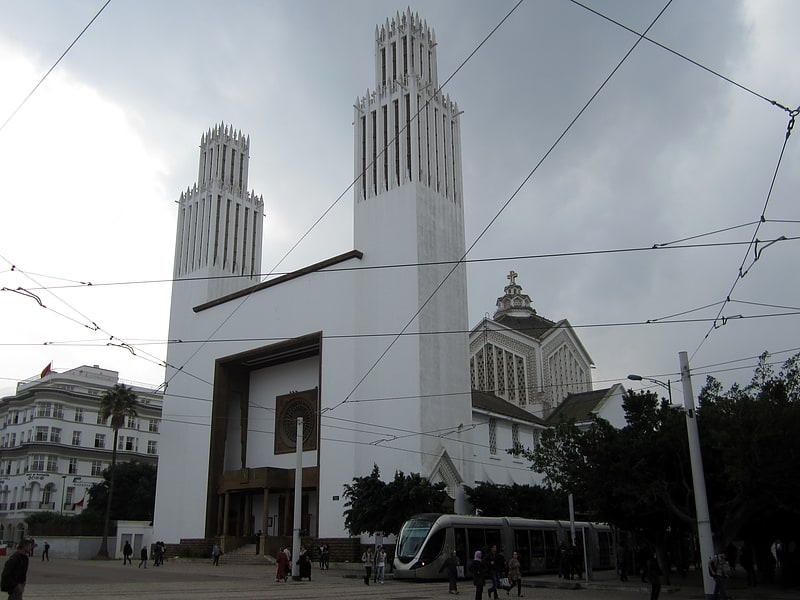
Also known as: كاتدرائية القديس بطرس
Cathedral in Rabat, Morocco. St. Peter's Cathedral is a Roman Catholic church located at Golan Square in downtown Rabat, Morocco. It was erected in the early 20th century in the Art Deco style. The cathedral is dedicated to Saint Peter, and is the ecclesiastical seat of the Archdiocese of Rabat.
Construction of the cathedral began in 1919, and its chief architect was Adrien Laforgue. The cathedral was inaugurated by Resident-General Hubert Lyautey in 1921. The two towers of the cathedral, were added in the 1930s.
The cathedral is currently operational, and Mass is celebrated every other day.[10]
Address: Rue Oskofieh, Rabat
Rabat Zoo
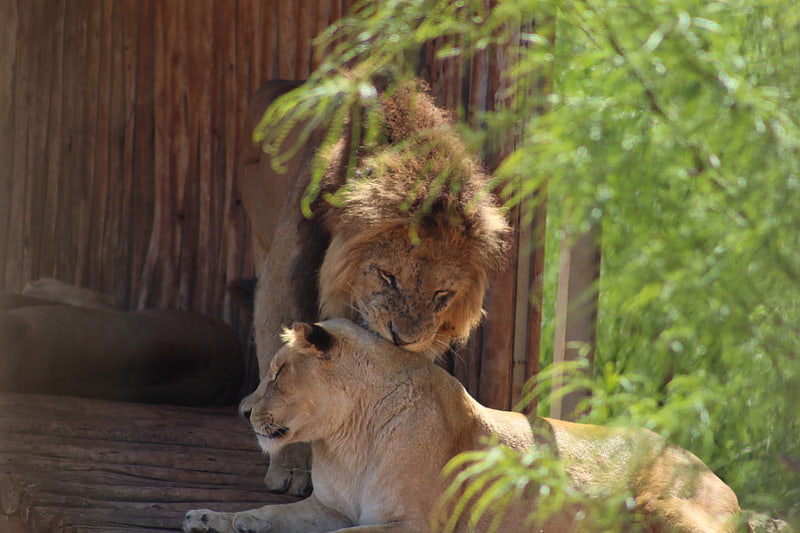
Rabat Zoo, also known as "Temara Zoo", is a zoological park near Rabat in Morocco that was established in 1973. The first enclosures were built to house lions that were previously kept in the royal palace. These lions were thought to be descendants from Barbary lions.[11]
Address: Annexe 23eme, Rabat
Borj Lalla Qadiya
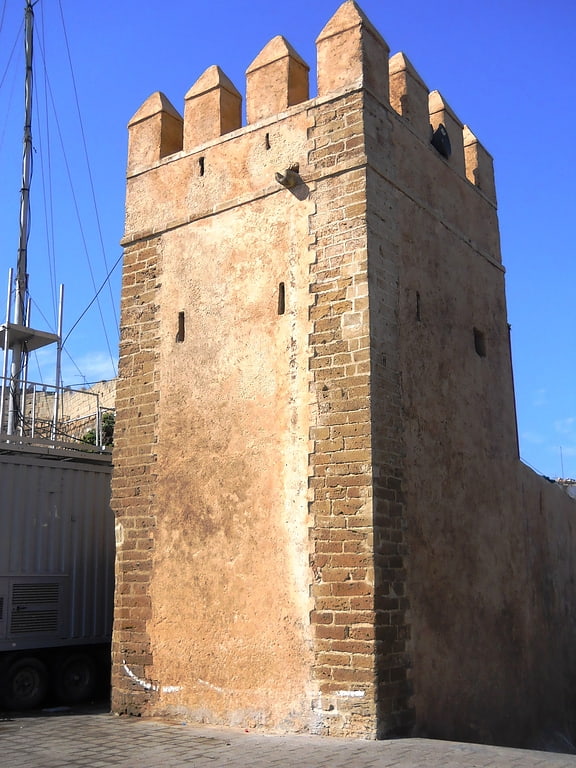
Borj Lalla Qadiya is a fort in the city of Rabat, Morocco. It is believed to be first built in the 17th century next to the tomb of a saint woman called Lalla Qdiya. It forms an important part of the walls protecting the city from northeast.[12]
Borj Sidi Makhlouf

Borj Sidi Makhlouf is a fort in the city of Rabat, Morocco. It was first established in the 17th century and was destroyed in 1637 but conserved its shape. It is located in the cliff of the Bouregreg river and marked the transition from Andalusian to military architecture.[13]
Bab Rouah
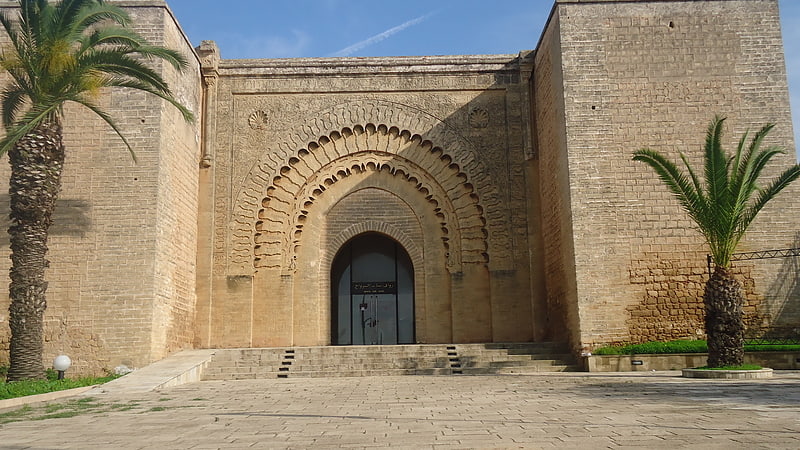
Bab er-Rouah is a monumental gate in the Almohad-era ramparts of Rabat, Morocco.[14]
Rabbi Shalom Zaoui synagogue
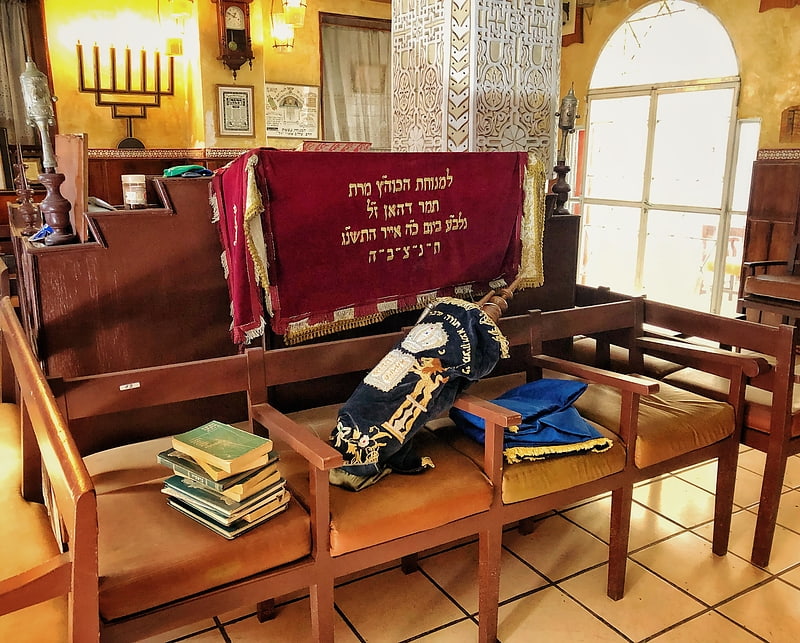
The Rabbi Shalom Zaoui Synagogue is a synagogue located in the Mellah of the medina of Rabat, Morocco.
The synagogue is located near Bab Diouana and contiguous to the Andalusian wall of the medina. It was named after Rabbi Shalom Zaoui (born circa 1839 and died circa 1918) who was respected and revered by his community, as it used to be his house.[15]